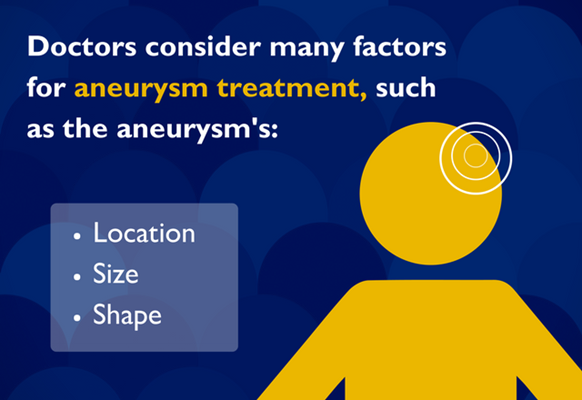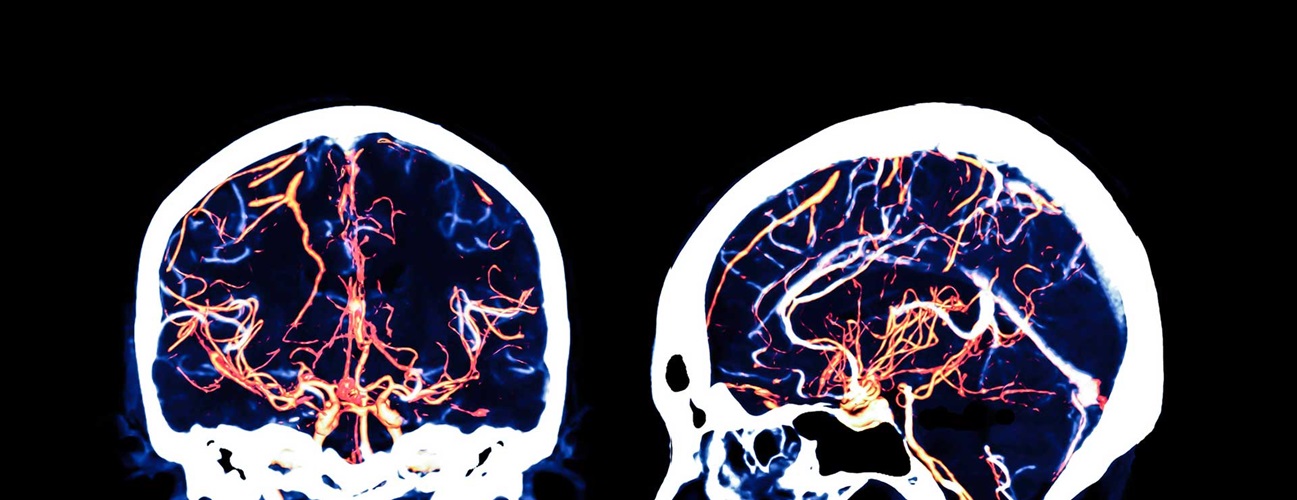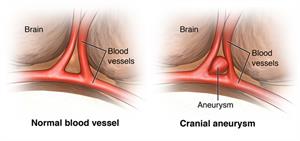Microsurgical Clipping and Endovascular Coiling for Brain Aneurysm
Featured Expert:
A diagnosis of a brain aneurysm is scary. If a brain aneurysm ruptures or bleeds, it can have life-changing consequences. However, if you're diagnosed early and treated successfully, the outcome and the chances of making a full recovery are quite good.
One of the most effective ways neurosurgeon Judy Huang, M.D., of the Johns Hopkins Department of Neurosurgery, treats brain aneurysms today is with microsurgical clipping. Endovascular approaches, such as coiling and stent embolization, are also widely used. Here's what you should know about each.

How does microsurgical clipping treat brain aneurysms?
Microsurgical clipping is a well-established treatment for brain aneurysms. This procedure was first developed by a Johns Hopkins surgeon in the 1930s, and doctors have fine-tuned the technique over the years.
Here are highlights about microsurgical clipping:
- What happens: In this specialized surgery, a neurosurgical team accesses the brain through a small opening. The neurosurgeon places a titanium clip across the neck of the aneurysm.
- What it does: The clip preserves normal blood vessels and stops any more blood from getting into the aneurysm. It also stops the risk of a brain bleed.
- Advances: Doctors today use intraoperative angiography (a type of advanced imaging) to compare the blood vessels before and after surgery. These pictures help ensure a successful result. Neurosurgeons today are also able to make a smaller opening in the skull, which means less scarring.
- Benefits: There is a smaller chance of an aneurysm recurring, or coming back, so you'll need less follow-up testing.
- Disadvantage: It's an invasive procedure and requires a recovery of at least four to six weeks.
What are the endovascular approaches to brain aneurysm treatment?
Through recent advances in technology, neurosurgeons can now perform minimally invasive endovascular approaches to treat some brain aneurysms. Endovascular coiling and stent embolization use specialized technology to treat an aneurysm from inside the blood vessel.
Here are highlights of endovascular approaches:
- What happens: Using specialized techniques, neurosurgeons place a stent inside the blood vessel (near the aneurysm's opening) to divert the flow of blood away from the aneurysm. Alternatively, a coil can be placed inside the aneurysm to prevent blood from filling the aneurysm. With these approaches, neurosurgeons reach the aneurysm from the inside of the blood vessels through a puncture site in the leg with a catheter, which means no skull incision.
- What it does: The aneurysm no longer fills with blood, meaning it won't rupture.
- Benefits: While still complex surgeries, endovascular procedures are shorter procedures. That means a shorter recovery — only one week, in most situations. This procedure has shown promising results because it can get rid of an aneurysm entirely.
- Disadvantage: There is a higher risk of aneurysm recurrence with these approaches. To identify any regrowth of aneurysms early, your neurosurgeon may recommend you get routine angiograms (a test where a catheter is inserted into the body to see inside the blood vessels).
Which neurosurgery option is right for you?
You must always consult with a neurosurgeon who specializes in cerebrovascular conditions. At Johns Hopkins, before determining which treatment is best for a patient, our specialists ask several questions, such as:
- Is the aneurysm ruptured or unruptured?
- What is the location, size and shape of the aneurysm?
- What are the chances the aneurysm will rupture?
Neurosurgeons also factor in a patient's age and other health conditions when making this complex decision. At Johns Hopkins, your medical team will take the time necessary to determine the safest and most effective treatment route for you.





